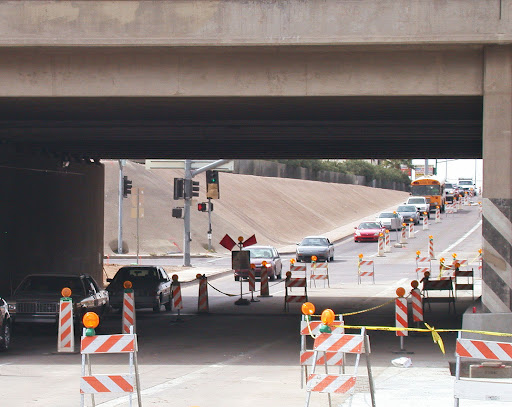Barricades vital even when crews aren't in the work zone
Barricades vital even when crews aren't in the work zone

Work zone barricades are necessary even when crews aren't present.
‘Why are the cones and barricades still up, but no one is working?!?!?’
If you’ve ever driven by an empty freeway work zone, you might have wondered this yourself.
But, despite how things may appear, there still is a risk to the traveling public, which means those barricades are very necessary.
And, just because workers aren’t present, doesn’t mean work has stopped. Often, there is a cure time for work that has just been completed. Rubberized asphalt, for instance, needs to set four to six hours before a car can drive on it to prevent it from being damaged.
Likewise, if a project involves removing or pumping underground water from a job site (in order to drill for a pier column for example) this process must take place prior to crews starting their work above ground. While this type of “unseen” work is happening, barricades, cones and concrete barriers will remain in place to keep the public safe and the project on schedule.
In addition to the “behind the scenes” work, motorists also may be unaware of dangerous work zone conditions such as open trenches, heavy equipment, or unsafe roadway conditions. Each scenario requires barricades, cones and barriers to remain in place even when workers aren’t present and during non-working hours to protect motorists.
Even after hours, ADOT had an obligation to ensure the public’s safety by keeping people and cars out of the work zone! For more on work zone safety and to learn some tips on how to maneuver through a work site, visit our 'Slow Down, Arizona!' web page.
